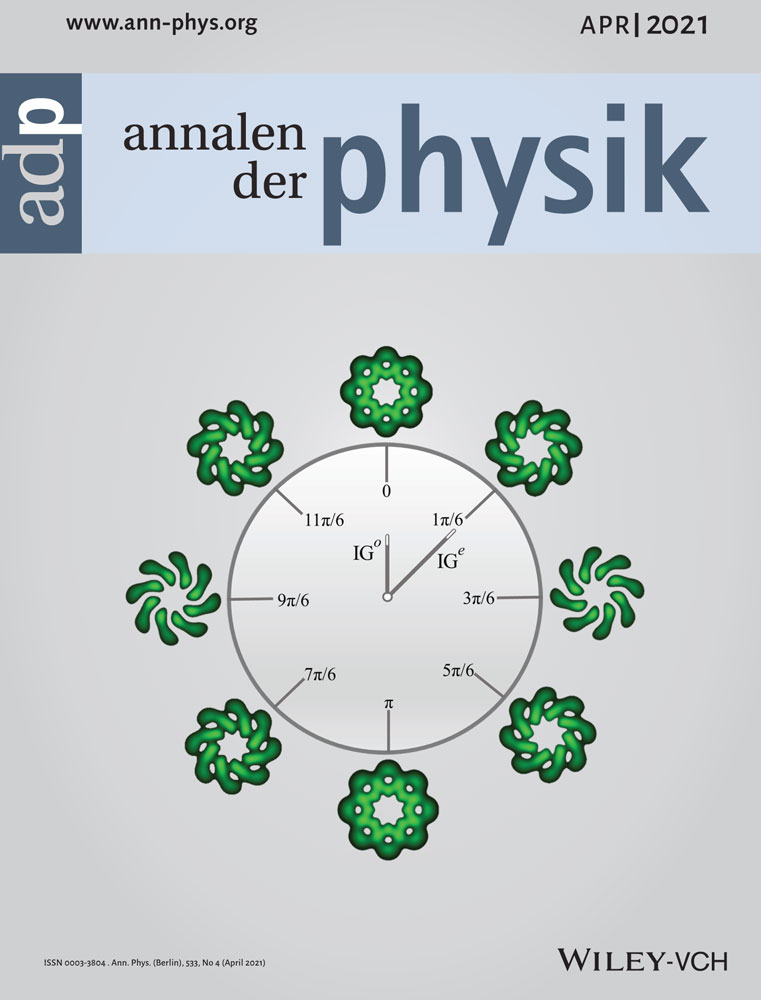Enhancement of Radiative and Nonradiative Emission in Random Lasing Plasmonic Nanofibers
Abstract
A theory of light–matter interaction in plasmonic nanofibers is developed. When probe light propagates inside the nanofiber, it induces surface plasmon polariton (SPPs) and electric dipoles in metallic nanoparticles. The dipoles interact with each other via dipole–dipole interaction (DDI). The energy of photonic bound states in the presence of the SPP and DDI fields are calculated. It has been demonstrated that the number of bound states can be controlled by the strength of SPP and DDI couplings. The spontaneous decay rate for the quantum emitters have been calculated and it is found that decay rate is enhanced when the exciton energy is in resonance with the bound photon energy. Further, it is predicted that the spontaneous decay rate also enhances when the exciton and SPP energies are in resonance. Finally, the photoluminescence in nanofiber is calculated using the density matrix method. The authors' theory is compared with experiments and found a good agreement between theory and experiments. It has been demonstrated that the quenching of the photoluminescence intensity increases as the concentration of the MNPs increases. The findings of the paper can be used to fabricate random lasers and also for inventing new types of nanosensors and nanoswitches.
Conflict of Interest
The authors declare no conflict of interest.




